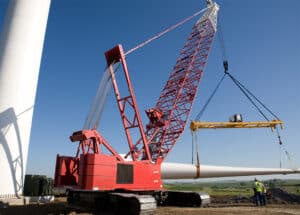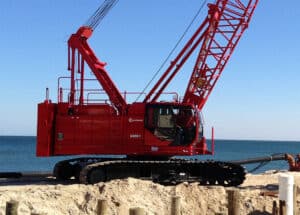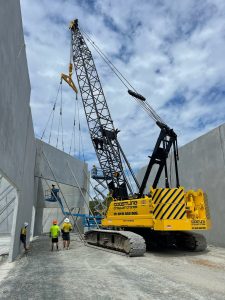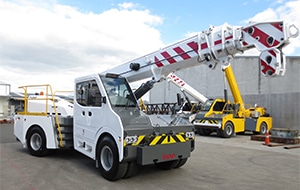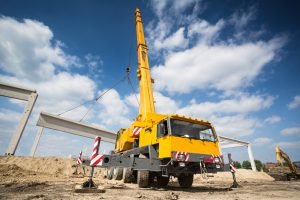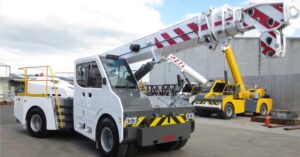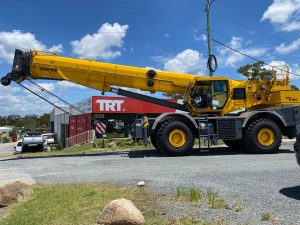How a 10-Year Crane Inspection Prolongs Your Equipment Life
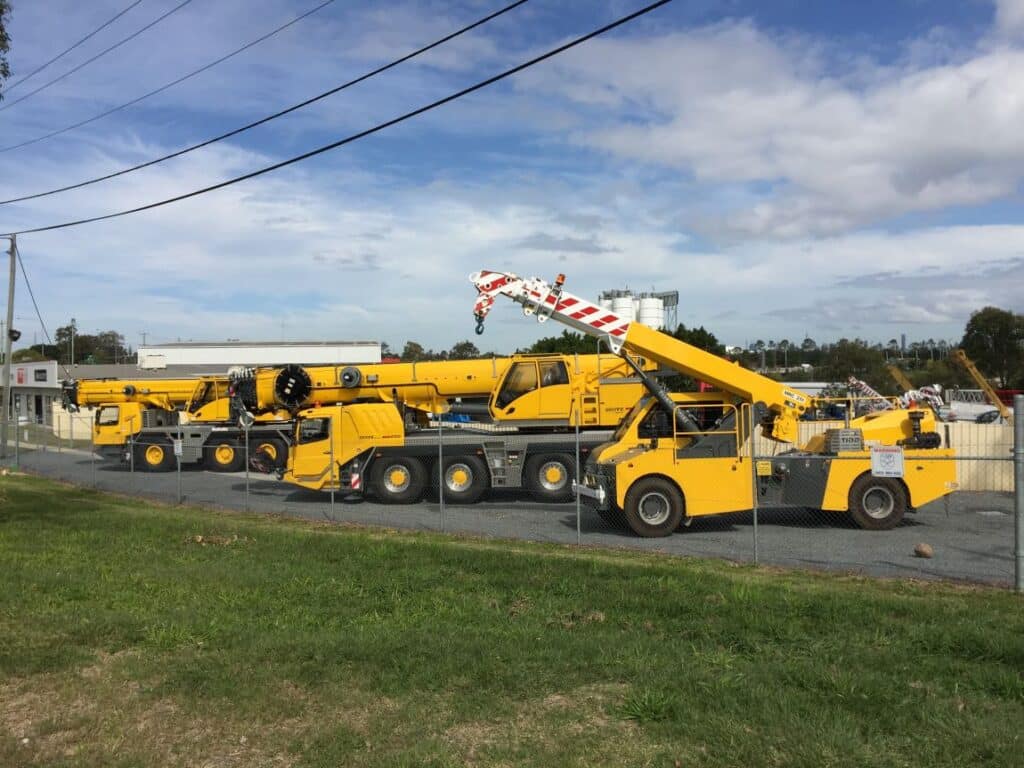
In Australia’s heavy industries, where cranes play an essential role in construction, mining, and logistics, proper maintenance and inspection of equipment are crucial. The 10-year crane inspection, a comprehensive review conducted by qualified professionals, is a critical step in ensuring safety and extending the crane’s operational life.
Not only is this inspection a regulatory requirement, but it also provides crane owners with an opportunity to address potential issues that may hinder performance or even compromise safety. Through careful and thorough assessment, a 10-year inspection helps maintain peak performance, reduce unexpected downtime, and maximise the investment in this essential equipment.
Understanding the 10-Year Crane Inspection
Definition and Purpose
A 10-year crane inspection is a rigorous and detailed assessment that examines a crane’s core components for wear and compliance with safety standards. In Australia, Work Health and Safety (WHS) laws require that cranes undergo this inspection to ensure operational safety.
This inspection reviews critical parts such as the structural integrity, electrical and hydraulic systems, and other essential mechanics, focusing on identifying any wear that may have developed over the decade.
Inspection Scope
During the 10-year inspection, an inspector will examine all major systems, including:
- Structural Integrity: Ensuring the crane’s frame and primary support structures are sound and free from cracks or damage.
- Mechanical Functionality: Reviewing the gears, brakes, and motors to ensure smooth operation.
- Electrical Systems: Verifying that all electrical components are operational and meet current safety standards.
- Hydraulic Systems: Assessing hydraulic components for leaks, pressure consistency, and any signs of wear.
Frequency and Compliance
The 10-year interval is established as an industry standard due to the expected lifespan of components and the impact of heavy usage. Compliance with this requirement not only reduces risks but also protects companies from potential liabilities. Cranes that do not meet the standard face not only safety risks but also operational delays due to shutdowns and potential fines.
How a 10-Year Inspection Enhances Equipment Longevity
Identifying Wear and Tear Early
One of the key benefits of a 10-year inspection is the early identification of wear and tear. Even minor issues, if left unchecked, can lead to significant damage over time. Inspections allow owners to address these concerns early, preventing minor issues from escalating into costly repairs or even a full equipment replacement.
Stress and Fatigue Analysis
Cranes experience immense stress due to lifting and moving heavy loads, which can lead to material fatigue over time. Inspections help detect early signs of stress, enabling operators to reinforce or repair areas prone to weakness. This proactive approach significantly enhances the lifespan of the crane by ensuring each component remains within safe operational limits.
Corrosion and Environmental Impact
Australian cranes often endure extreme environmental conditions, from coastal salt exposure to the intense heat of the outback. These factors can accelerate corrosion and degrade materials. A 10-year inspection includes assessing and treating corrosion, providing preventative care to combat the effects of Australia’s unique environments.
Key Benefits of a 10-Year Crane Inspection for Long-Term Performance
Reduced Downtime
By addressing potential issues before they become problems, a 10-year inspection reduces unexpected breakdowns and downtime. With fewer disruptions, companies can maintain project timelines and avoid costly delays associated with equipment failure.
Enhanced Safety for Operators
Safety is paramount in crane operation, and regular inspections ensure that equipment meets strict safety standards. Operators are more confident and efficient when they know the equipment has been inspected and certified as safe. This contributes to smoother, safer operations and reduces the risk of accidents.
Cost Savings
An investment in inspection is a cost-saving measure. By catching issues early and maintaining optimal performance, owners can avoid the high costs associated with emergency repairs or replacements. In this way, a 10-year inspection maximises the return on investment and ensures the crane operates at peak efficiency for years to come.
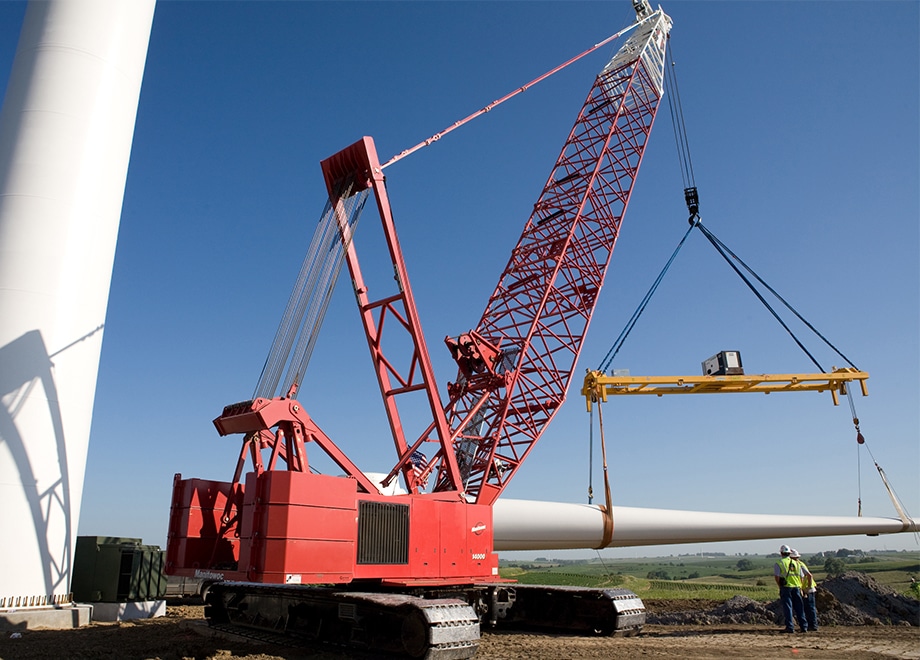
Essential Components Inspected in a 10-Year Review
Structural Framework
The primary structure, including the boom and other load-bearing parts, is meticulously inspected to ensure it remains stable and secure. Detecting cracks or weaknesses early helps prevent potential structural failures during operation.
Mechanical Systems
Gears, brakes, and motors are critical for precise control and safe operation. Inspectors review these systems to ensure they’re in good working order, which is crucial for avoiding mishaps due to mechanical malfunction.
Electrical Systems
Inspectors assess all electrical components to ensure they are safe, functional, and up-to-date with current standards. This reduces the risk of electrical issues, which can lead to serious safety hazards.
Hydraulics
The hydraulic systems are essential for lifting and moving loads smoothly. Inspectors check for leaks, wear, and pressure consistency to ensure the crane can operate with precision and reliability.
What to Expect During the Inspection Process
Pre-Inspection Preparation
Before the inspection begins, crane owners can take a few steps to prepare. Clearing access points, performing basic maintenance, and gathering service records help streamline the inspection process, potentially reducing time and costs.
Inspection Procedures
Typically, inspectors follow a structured process, examining each system in detail, documenting findings, and assessing the crane’s overall condition. The inspection may also include tests and calibrations to ensure every component meets regulatory standards.
Post-Inspection Recommendations
Following the inspection, inspectors provide a detailed report and may recommend repairs, replacements, or updates. These recommendations help owners plan maintenance schedules and make informed decisions about repairs, contributing to better equipment longevity.
Maintenance Tips to Maximise the Benefits of Your 10-Year Inspection
Regular Preventive Maintenance
Simple, consistent maintenance tasks such as cleaning, lubricating moving parts, and checking fluid levels are essential for extending the crane’s life. Routine upkeep between inspections maintains optimal performance and reduces wear.
Keeping Records and Documentation
Maintaining comprehensive records of inspections and repairs provides a complete service history, making it easier to track performance trends and anticipate future needs. This documentation also proves compliance during audits and inspections.
Preparing for Future Inspections
Proactive care now helps prepare for future inspections, ensuring that each check-up reveals minimal issues. A strong maintenance routine lays a solid foundation, making each subsequent inspection faster and simpler.
Improving Your Equipment’s Lifespan
A 10-year crane inspection is more than a regulatory requirement—it’s a proactive investment in your crane’s longevity, safety, and performance. By identifying and addressing issues early, these inspections help extend the crane’s operational life, reducing downtime and saving costs.
For crane owners, keeping equipment in top condition protects both your investment and your people. To ensure your equipment remains in optimal condition, consider scheduling a consultation with a certified crane inspector or service provider, and experience the benefits of a well-maintained, long-lasting crane.
